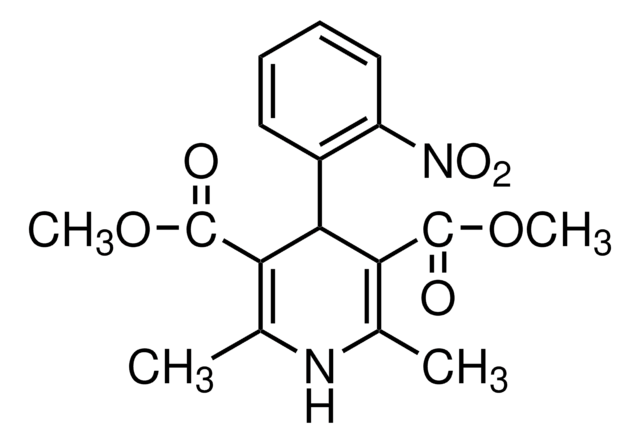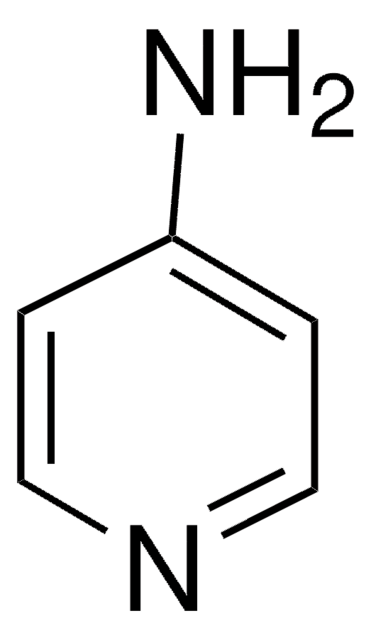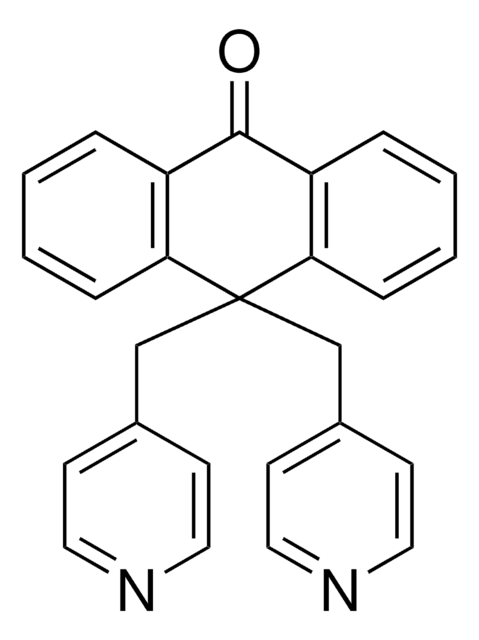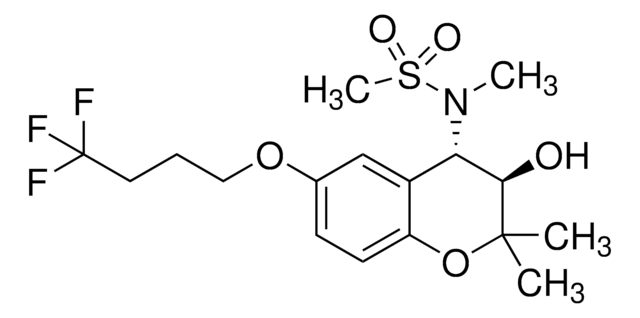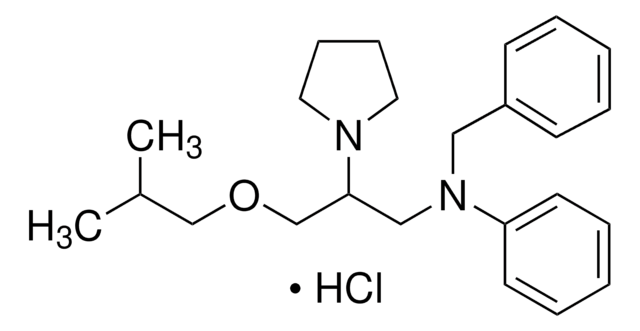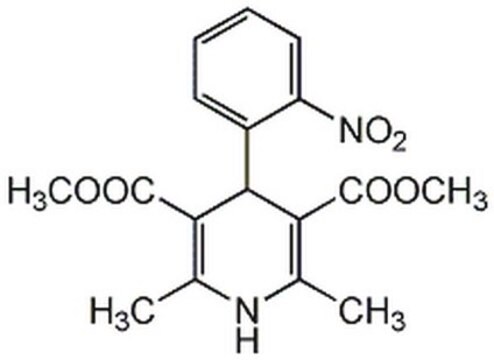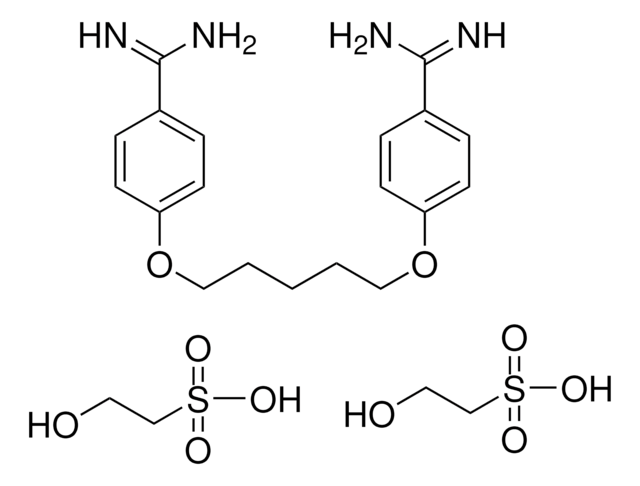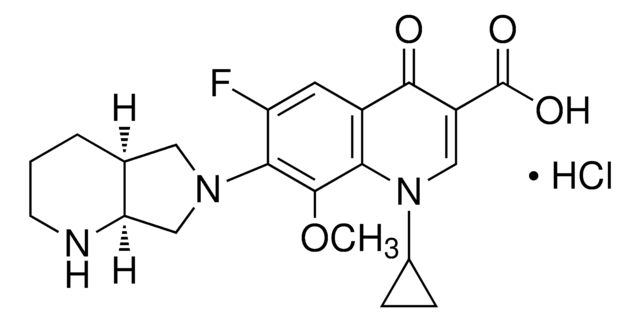Kluczowe dokumenty
C2615
Chromanol 293B
≥98% (HPLC), powder
Synonim(y):
trans-N-[6-Cyano-3,4-dihydro-3-hydroxy-2,2-dimethyl-2H-1-benzopyran-4-yl]-N-methyl-ethanesulfonamide
About This Item
Polecane produkty
Poziom jakości
Próba
≥98% (HPLC)
Formularz
powder
kolor
white
rozpuszczalność
DMSO: 18 mg/mL
temp. przechowywania
−20°C
ciąg SMILES
CCS(=O)(=O)N(C)[C@@H]1[C@@H](O)C(C)(C)Oc2ccc(cc12)C#N
InChI
1S/C15H20N2O4S/c1-5-22(19,20)17(4)13-11-8-10(9-16)6-7-12(11)21-15(2,3)14(13)18/h6-8,13-14,18H,5H2,1-4H3/t13-,14+/m0/s1
Klucz InChI
HVSJHHXUORMCGK-UONOGXRCSA-N
Opis ogólny
Zastosowanie
Działania biochem./fizjol.
Cechy i korzyści
Hasło ostrzegawcze
Warning
Zwroty wskazujące rodzaj zagrożenia
Zwroty wskazujące środki ostrożności
Klasyfikacja zagrożeń
Acute Tox. 4 Dermal - Acute Tox. 4 Inhalation - Acute Tox. 4 Oral
Kod klasy składowania
11 - Combustible Solids
Klasa zagrożenia wodnego (WGK)
WGK 3
Temperatura zapłonu (°F)
Not applicable
Temperatura zapłonu (°C)
Not applicable
Środki ochrony indywidualnej
dust mask type N95 (US), Eyeshields, Gloves
Wybierz jedną z najnowszych wersji:
Masz już ten produkt?
Dokumenty związane z niedawno zakupionymi produktami zostały zamieszczone w Bibliotece dokumentów.
Klienci oglądali również te produkty
Nasz zespół naukowców ma doświadczenie we wszystkich obszarach badań, w tym w naukach przyrodniczych, materiałoznawstwie, syntezie chemicznej, chromatografii, analityce i wielu innych dziedzinach.
Skontaktuj się z zespołem ds. pomocy technicznej

